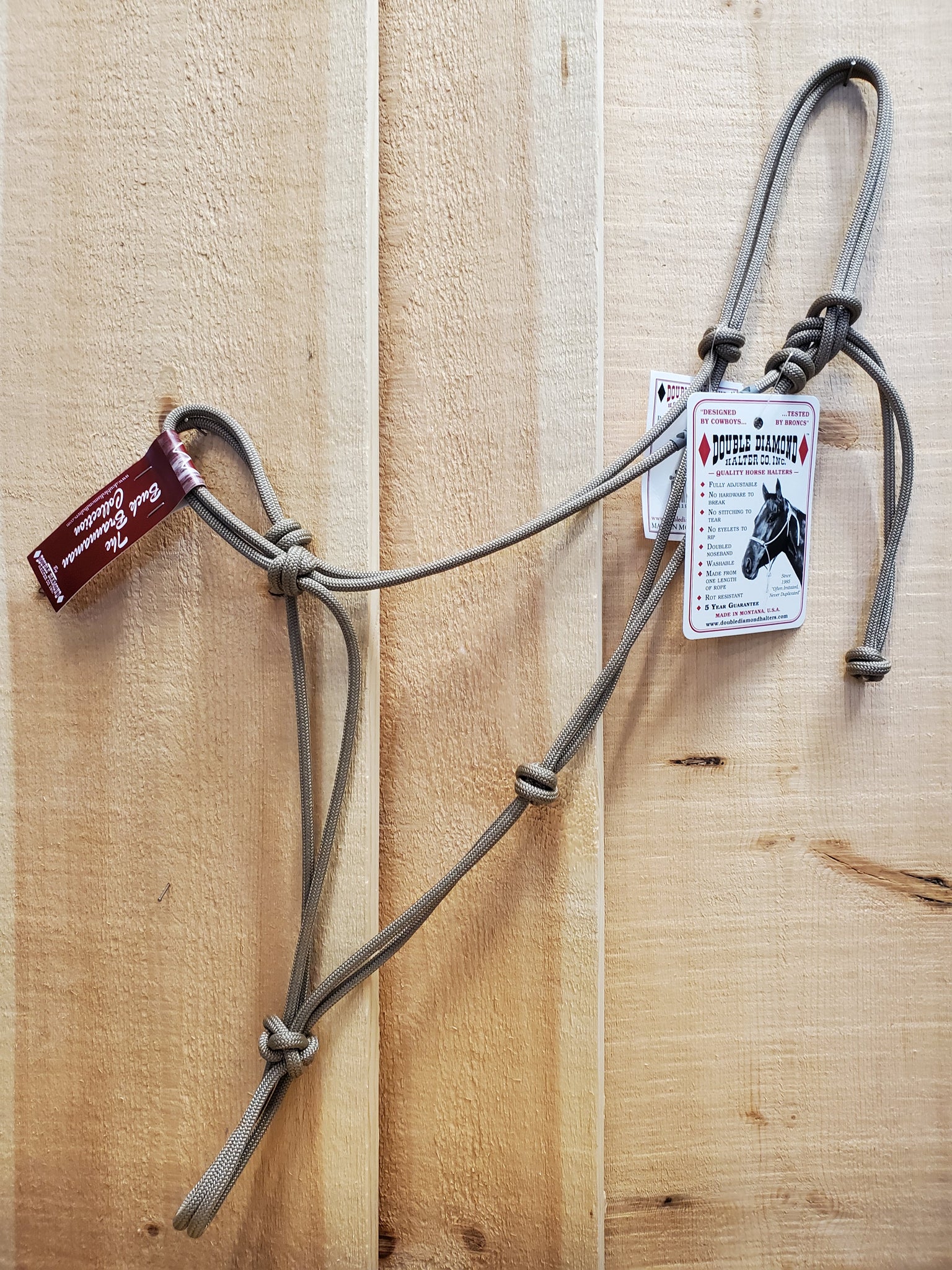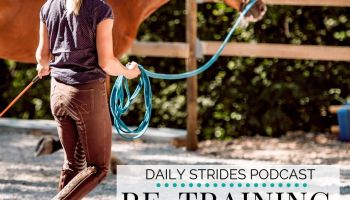How to School a Green Horse for Advanced Movements

Training a green horse—one that is inexperienced or new to advanced riding techniques—requires patience, consistency, and a well-structured approach. Advanced movements such as piaffe, passage, flying changes, and pirouettes demand a solid foundation in basic training, physical conditioning, and mental readiness. This article will guide you through the essential steps and best practices to successfully school your green horse for these sophisticated maneuvers.
Understanding Your Green Horse

Before diving into advanced training, it’s crucial to assess your horse’s current level of fitness, temperament, and training history. Green horses vary widely in their readiness for complex movements, so tailor your approach accordingly.
| Aspect | Considerations |
|---|---|
| Fitness Level | Ensure the horse has adequate strength and stamina to perform demanding exercises. |
| Temperament | A calm, willing attitude facilitates learning; anxious or resistant horses may need more groundwork. |
| Previous Training | Confirm mastery of basic gaits and responsiveness to aids before progressing. |
Building a Strong Foundation
Basic Training Essentials
- Consistent groundwork: Establish respect and communication through lunging, long-lining, and in-hand work.
- Balanced gaits: Develop rhythm, relaxation, and straightness in walk, trot, and canter.
- Responsive aids: Train the horse to respond promptly and accurately to seat, leg, and rein cues.
Physical Conditioning
- Incorporate hill work, transitions, and varied terrain to build muscle and cardiovascular fitness.
- Use cavaletti and poles to improve coordination and engagement.
Introducing Advanced Movements
Step-by-Step Progression
- Half-Halts: Teach the horse to balance and prepare for changes in pace or direction.
- Lateral Work: Begin with leg-yield and shoulder-in to increase suppleness.
- Collected Work: Gradually introduce collected trot and canter to develop strength and self-carriage.
- Specific Movements: Break down complex movements into manageable exercises, such as:
- Piaffe: Start with trot in place, encouraging impulsion and rhythm.
- Passage: Develop elevated trot with suspension.
- Flying Changes: Practice simple changes before advancing to tempi changes.
- Pirouettes: Begin with small circles and increase collection.
Patience and Consistency
- Avoid rushing; allow the horse to build confidence and understanding.
- Use positive reinforcement and varied exercises to maintain interest.
Common Challenges and Solutions
| Challenge | Solution |
|---|---|
| Resistance to aids | Reassess groundwork; use clear, consistent cues. |
| Loss of rhythm | Return to basics; focus on relaxation and balance. |
| Physical fatigue | Adjust workload; incorporate rest and recovery. |
FAQ
Q: How long does it take to school a green horse for advanced movements?
A: The timeline varies widely depending on the horse’s age, temperament, and prior training, but expect several months to years of consistent work.
Q: Can I train advanced movements without a professional trainer?
A: While possible, guidance from an experienced trainer is highly recommended to ensure correct technique and prevent injury.
Q: What equipment is best for schooling advanced movements?
A: Use a well-fitted saddle, appropriate bit, and protective boots. Ground poles and cavaletti are useful for conditioning.
Summary
Schooling a green horse for advanced movements is a rewarding journey that demands a thoughtful, stepwise approach. By focusing on foundational training, physical conditioning, and gradual introduction of complex exercises, you can develop a confident, capable partner ready to perform at higher levels.
For more detailed training plans and tips, consider consulting specialized dressage manuals or professional trainers.
